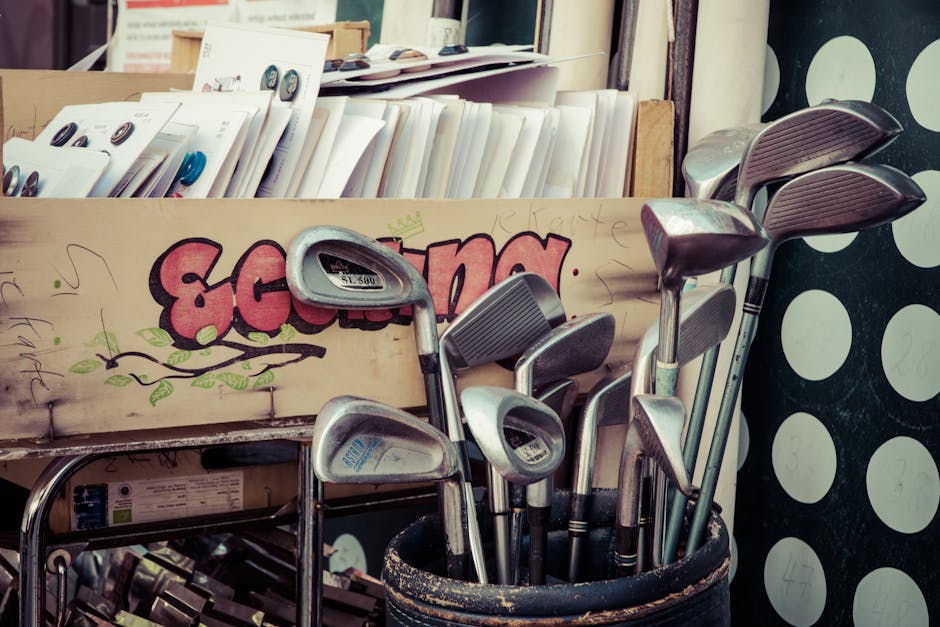Golf clubs, the indispensable tools of the game, are meticulously crafted to meet the specific needs of golfers. From the grip to the shaft, each component plays a crucial role in delivering optimal performance on the course. Let's delve into the anatomy of a golf club and explore the key elements that contribute to its effectiveness.
**Grip**
The grip, the point of contact between the player and the club, is paramount for control and accuracy. It's typically made of rubber or synthetic materials, with various sizes and textures available to accommodate different hand shapes. A well-fitted grip promotes a secure hold, reducing hand fatigue and enhancing swing consistency.
**Shaft**
The shaft connects the grip to the clubhead and serves as the backbone of the club. It's usually made of steel, graphite, or a combination of both. The shaft's length, flex, and weight influence the club's swing weight and trajectory. A stiffer shaft provides more control, while a more flexible shaft generates higher trajectory and distance.
**Clubhead**
The clubhead, the business end of the club, strikes the golf ball. It's composed of various materials, such as titanium, stainless steel, and carbon fiber. The clubhead's shape, loft, and face angle determine the ball's trajectory, spin, and distance. Different clubs have varying clubheads to suit specific shot requirements.
**Face**
The face of the clubhead is the impact surface that interacts with the golf ball. It's typically grooved or dimpled to impart backspin on the ball, increasing control and distance. The face angle, which refers to the angle between the face and the shaft, influences the ball's flight path.
**Hosel**
The hosel is the part of the clubhead that connects to the shaft. It provides the necessary alignment between the shaft and the clubhead, ensuring consistent ball contact. Some hosels allow for adjustable weights, enabling golfers to fine-tune their clubs to optimize performance.
**Ferrule**
The ferrule is a narrow ring that separates the shaft from the clubhead. It's typically made of plastic or metal and serves to protect the shaft from damage caused by impact.
**Sole**
The sole of the club, the underside of the clubhead, influences the club's interaction with the ground. Different grinds and cambers on the sole allow golfers to execute specific shots, such as bunker shots and fairway shots.
**Understanding the Anatomy of a Golf Club**
By understanding the anatomy of a golf club, golfers can make informed decisions about which clubs to use and how to adjust them to suit their playing style. Each element of the club contributes to its overall performance, from the grip's comfort and control to the clubhead's trajectory and spin. By optimizing the fit and configuration of their clubs, golfers can enhance their accuracy, distance, and consistency on the course.

